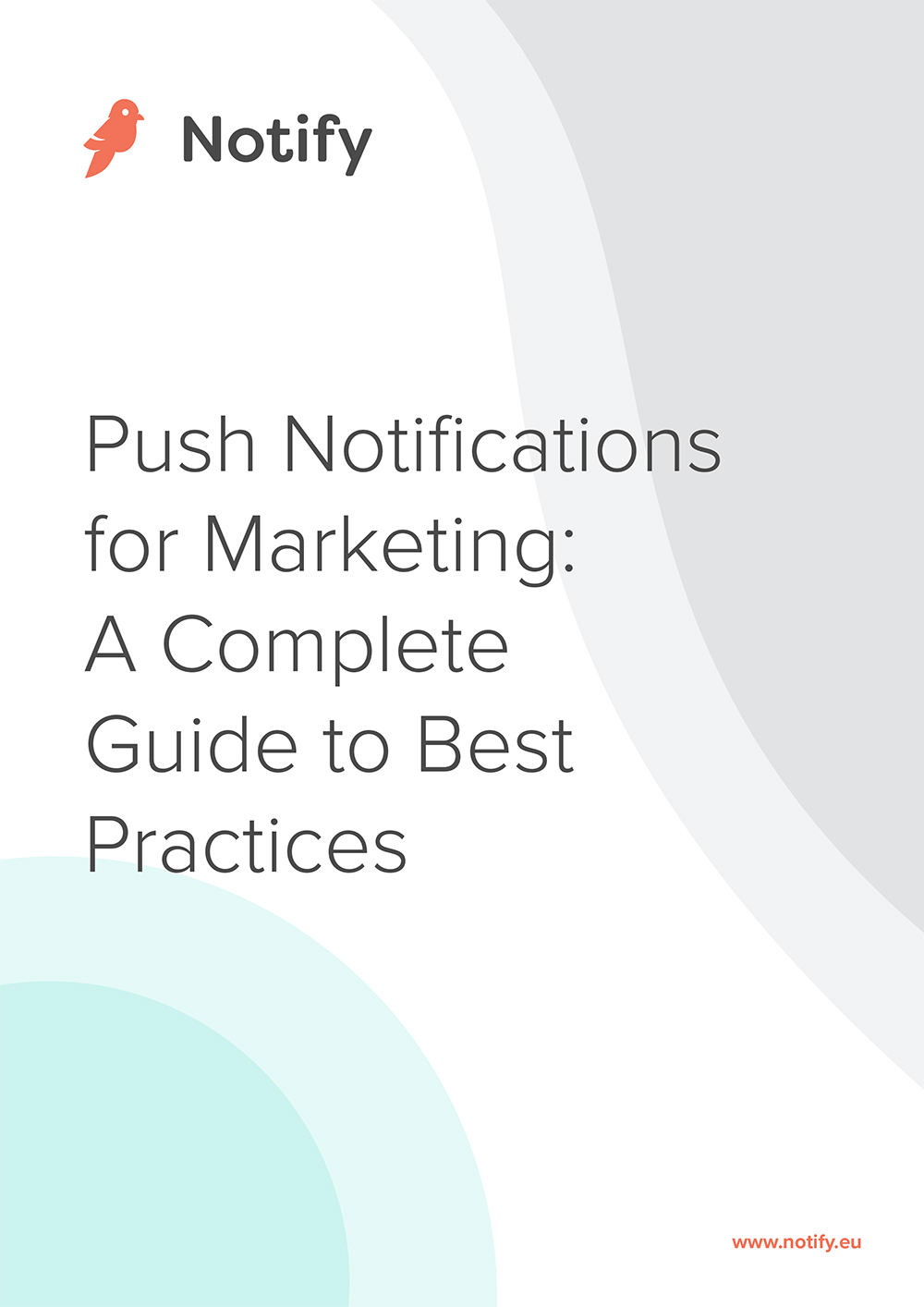Push notifications have the potential to significantly improve communication with your audience, with at least twice as many people signing up for web push notifications compared to a newsletter, for example. One thing that you should keep in mind, is that push notifications have the potential to be annoying if they interrupt someone at the wrong time.
Writing effective push notifications can certainly be a challenge, but these rules will help you provide helpful, engaging content.
1. Be relevant
Relevancy is probably the number one factor for push as irrelevant messages are sure to get opt-outs. But how exactly do you send relevant push messages? You need to understand your customer, by using the data you have to inform decisions on what message is going to be the most relevant to them at the time. It might be that they recently clicked a link to a product in an email you sent them, so you could send a push notification with a similar product that’s on offer. Read more about segmentation for push notifications.
2. Be clear and concise
With push notifications, there’s no room to write an essay. This is where your skills in copywriting really come out as you need to get the message across in a way that stands out from the crowd. Being as clear as you can should be the goal when writing push notifications. Write with meaning in as few words as possible, confusing language will only discourage the user from taking the action you’d like them to.
3. Use humour if it’s appropriate
Trying to get a bit clever with your words can charm an audience. By inserting humour, you can help distinguish the brand message from other notifications being received. We’re bombarded with information on a daily basis, so those who can cut through the noise and make a person laugh, have the ability to capture the attention of the user. Not all messages will use humour as it obviously depends on the content, but you should be able to interact in a lighthearted and fun way, according to the type of content being sent.
4. Use emotional language
Empathising with your customers shows how much you truly understand them and their challenges. Whilst push notifications are short in length, there’s plenty of opportunity to speak empathetically in the messages. If it’s a national holiday, or a user’s birthday, you can make the most of the timing by sending them a message that plays into these emotions. Positivity, showing that you care and how you can help, are the key ways to get an emotional response to your company and it’s products or services.
5. Make it actionable
There is little point in writing super engaging, relevant push notifications if the person receiving it doesn’t know what action to take based on the message. Before you even begin writing, you should decide the one goal of the message. Then, make it easy to take action by using a clear and compelling CTA that invites the user to the desired place. Be careful to not come across too pushy. If you ask for a big commitment when the customer or prospect isn’t ready, this can come across negatively, so keep in mind the point around relevancy.
The best way to write push notifications is by truly understanding your audience, by gathering feedback and using data and research to inform decisions. If this is your first time writing push notifications, check out what others are doing in your space and test several approaches to find out what works best. Trends will always evolve, so keep trying new things to get the most engagement and best results out of push notifications.
To learn more about sending push notifications, read about push notification best practices in 2021.
Work better, faster and smarter
Notify connects existing messaging services – like text messages, mail or push notifications – into one simple API.
